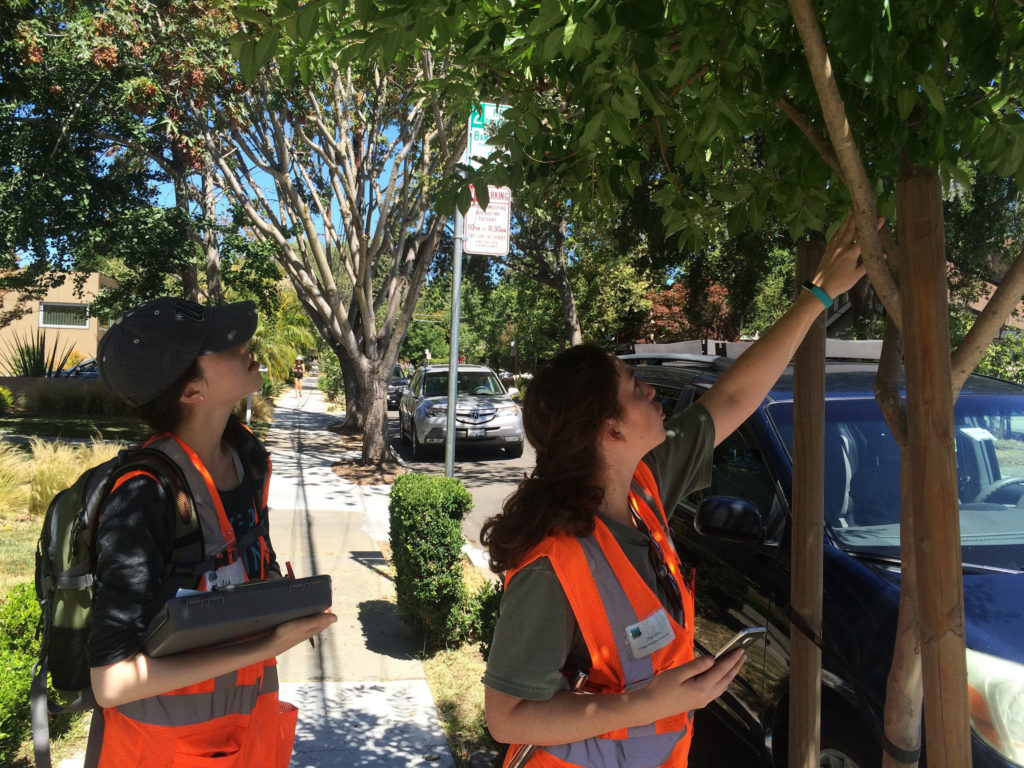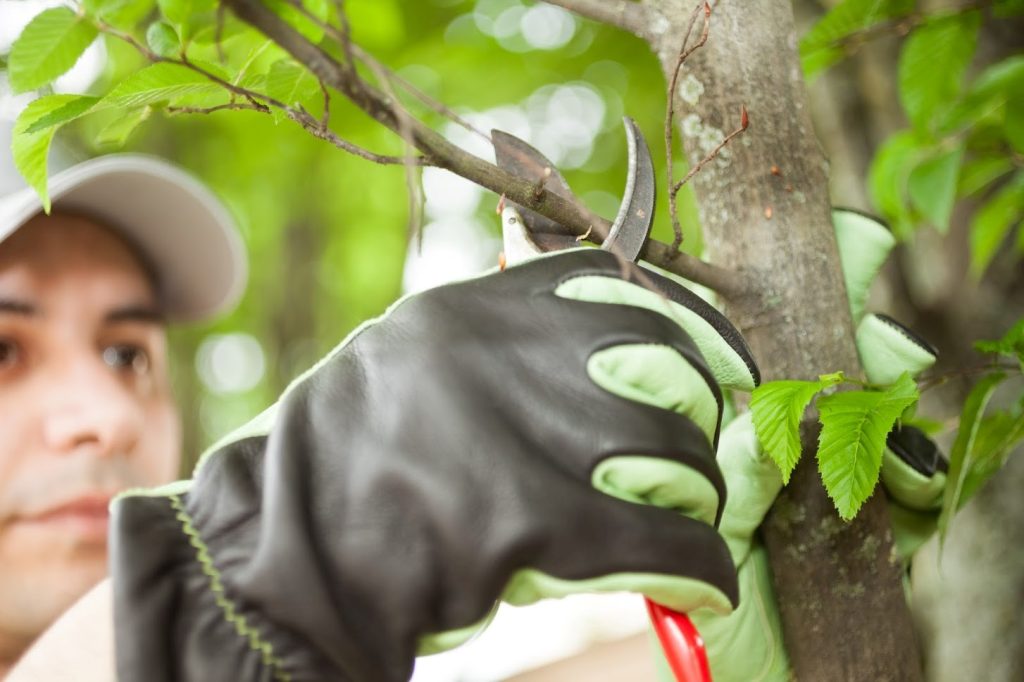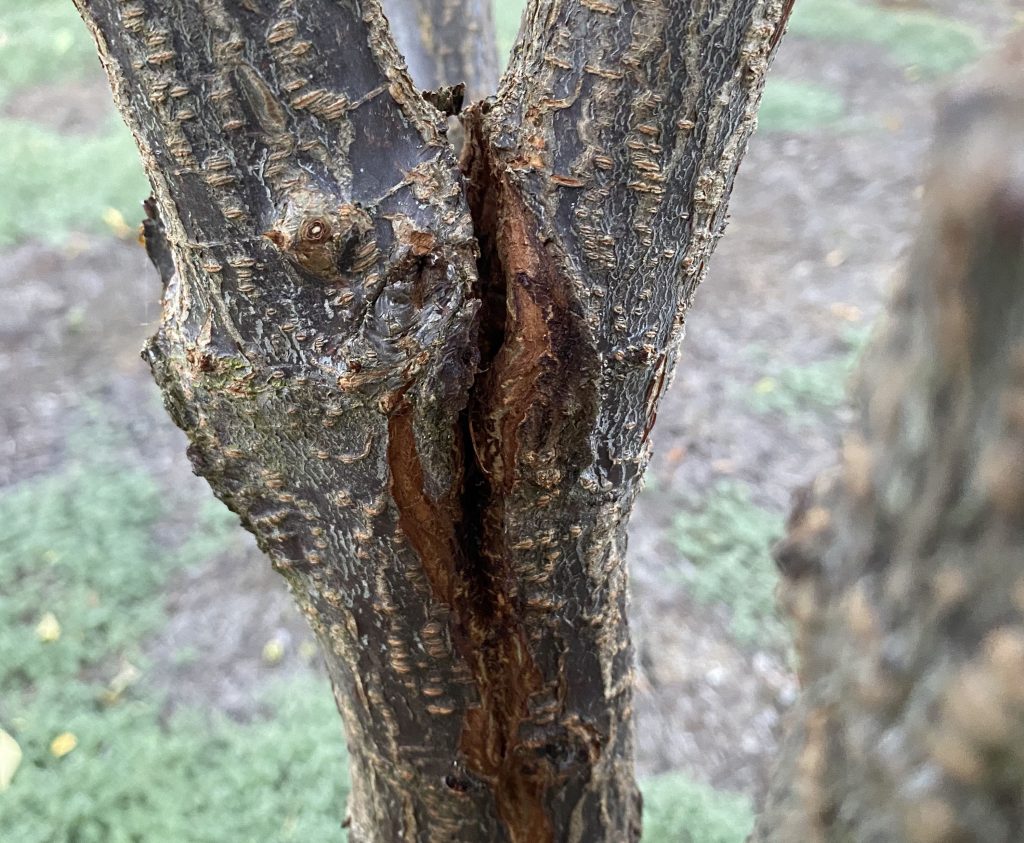Benefits of Seasonal Tree Maintenance That Are Too Important to Overlook
Many people believe that they only need to pay attention to the trees on their property in the warmer seasons. That’s actually not the case, though. In order to thrive and stay healthy, trees require year-round care and upkeep. Every season poses its own set of difficulties for the landscape, but with regular maintenance, your trees will look well-kept in all seasons.

Any time a tree is neglected, it increases the risk of property damage and exposes it to threats from insects, pests, and extreme weather. Trimming, pruning, mulching, weeding, removing leaf litter, aerating, fertilizing, watering, and watching for pests, are all essential components of preventive tree care. Let’s take a look at the benefits you’ll enjoy by caring for your trees and assessing their health regularly.
Lower Chances of Tree Disease
Weakened and neglected trees are more vulnerable to attack and infection from diseases, fungi, and insects. Unmaintained trees not only have a higher risk of infection and infestation, but they also have the potential to spread the problem to other trees nearby which emphasises the need to get tree disease diagnosis and treatment services to have the peace of mind.
As improbable as it may seem to you, an insect infestation or tree disease can spread quickly through fallen leaves, dropped objects, and even the roots of a sick tree, potentially resulting in the death of many trees. There are numerous tree diseases and pests that can wreak havoc on neglected trees.
Anthracnose, leaf spots, powdery mildew, root rot, aphids, ash borers, Asian longhorn beetles, and gypsy moths are a few of the common issues that affect trees. Since there are literally hundreds of different diseases that your tree could contract, it’s crucial to get the proper diagnosis.
Some tree diseases are difficult to distinguish from one another, so you may want to have a tree expert inspecting your trees. The experts in tree disease diagnosis and treatment have years of experience, so they can recognize and treat your tree before the disease spreads further.
Part of their services include performing a visual inspection of the foliage, trunk, and stems. In the event that a pathogen is found, they will suggest the preventive measures that are best suited for the particular pathogen and tree species. Keep in mind that the key to defending trees from the harmful effects of diseases is preventative tree care.
The best tree disease control treatment is a series of preventative foliar treatments targeted to the particular pathogen(s) to which the tree is vulnerable, which will lessen the severity of infection in treated leaves. It’s crucial to take action quickly; for these anti-fungal and anti-bacterial applications to be effective, they must start early in the season.
Enhanced Overall Appearance

Trees that are regularly cared for and maintained tend to look more attractive and enhance the curb appeal of a home. Well-structured trees that don’t have any unattractive or erratic growth or weak and broad branches avoid competition for food and space. In the same way, a well-kept yard with tall, sturdy trees helps creates a relaxing outdoor environment that can significantly raise property value and draw in prospective homebuyers.
Improved Safety
Tree preventative maintenance cannot stop all of the harm caused by major storms. However, it can definitely lessen its potential effects. Healthy trees are much less likely to succumb to wind, snow, or ice damage, which can save you from having to deal with expensive damage.
Considering the fact that tree pruning and upkeep can be a risky task depending on the size of the tree and the girth of the limbs, it’s best to work with a reputable tree service to protect both you and your property. Arborists are trained to evaluate the best way to prune your trees and shrubs based on their type, size, location, and general appearance.
Signs That Your Trees Are Not Healthy
A tree can give off numerous signs of ill health. Watch out for the most typical signs of tree problems, which are listed below, and contact an arborist for tree disease control services if you’re unsure of the severity and the recommended course of action.
Canker or Hole in the Trunk

Large cavities or cankers on the tree trunk can be signs of various pests or diseases, so they should not exist. Additionally, holes in trees indicate that woodpeckers are eating tree pests like bark beetles. If you see holes in the tree’s bark, a pest like the bark beetle may have started an infestation. It’s also possible for a car, piece of machinery, or landscaping equipment to physically damage the trunk, making it more vulnerable to disease and insect infestation, so precaution is mandatory.
Dying or Dead Branches
All of the branches of a healthy tree have leaves. You might need routine pruning or a disease assessment if you see leafless branches in the spring or summer, or limbs or sticks that appear dead.
Leaf Damage
A sick tree may have holes in its leaves, misshapen leaves, early yellowing or browning, or early leaf drop. You might need a professional to diagnose the issue for you because leaf problems can be caused by a variety of things, including fungal infections, sap-sucking insects, and leaf-eating insects.
Wilting
Unhealthy trees also tend to show signs of wilting, including sagging branches and shrivelled leaves. There are many different reasons why plants wilt, including extreme heat, drought, and diseases like oak wilt.



